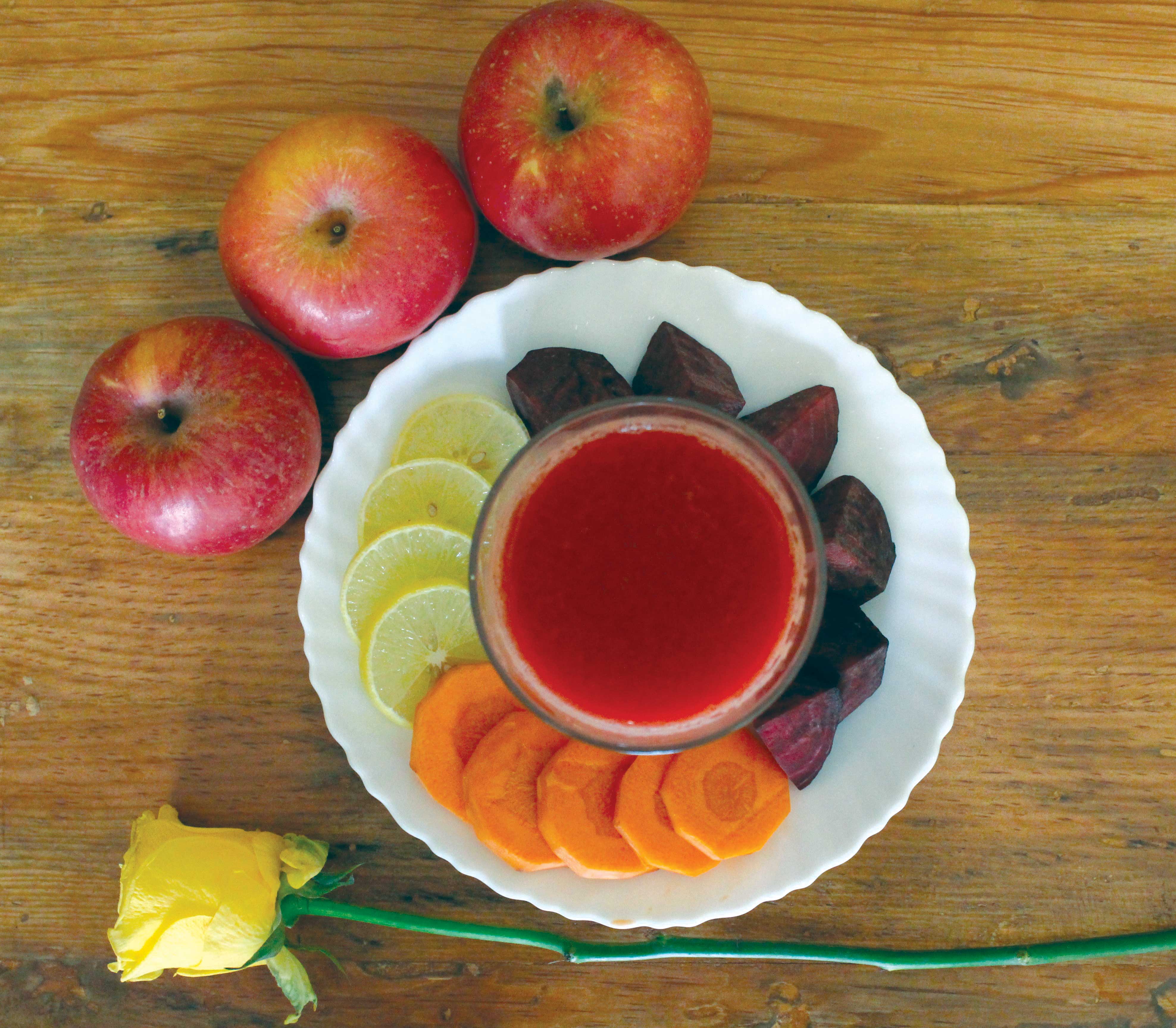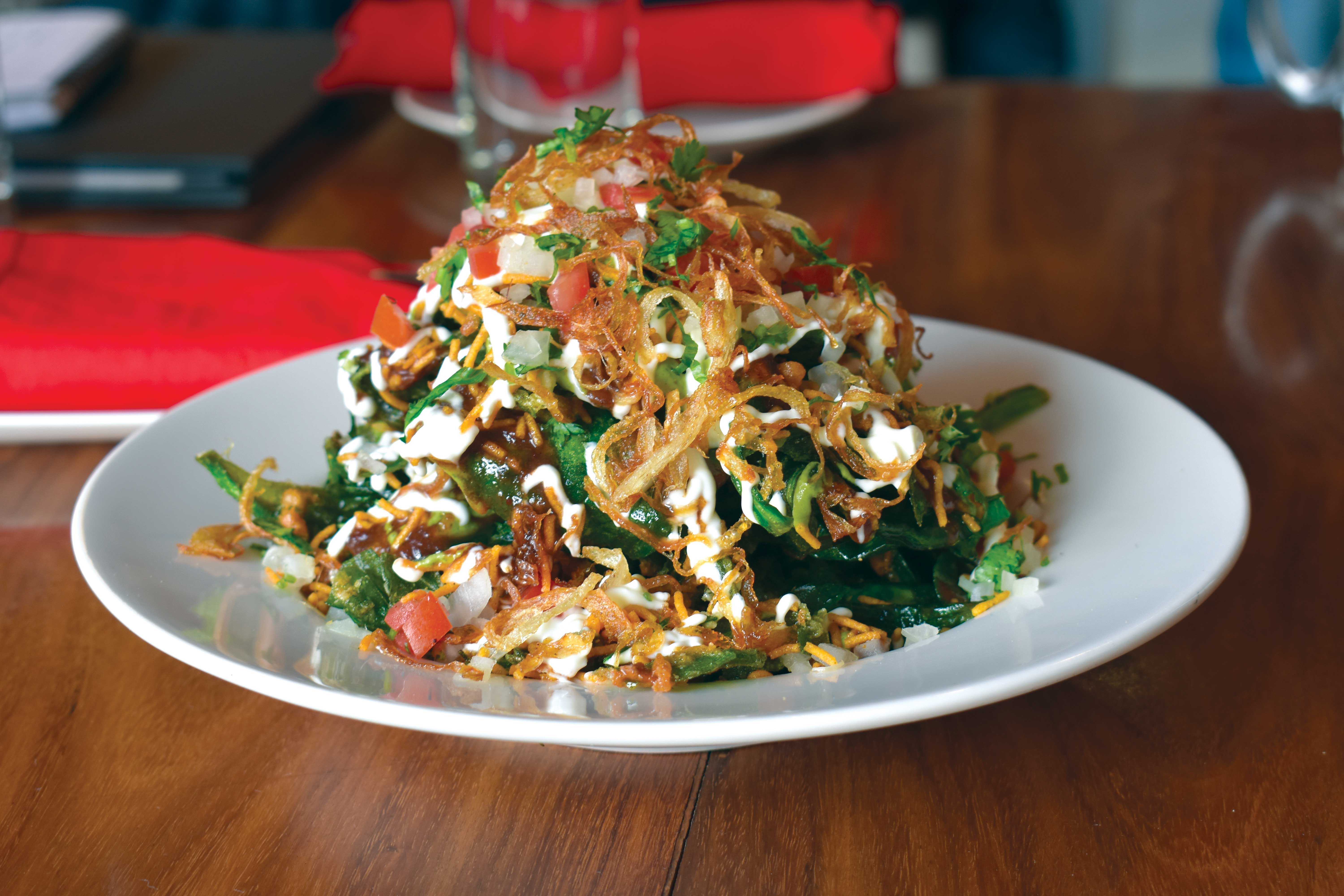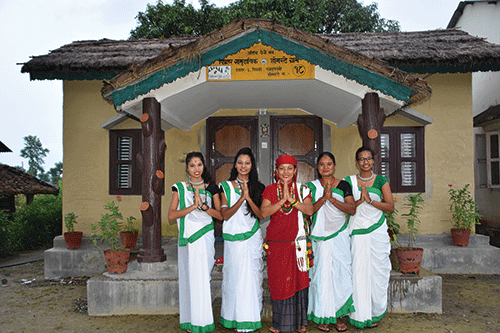According to Bhuwan Phaiju, proprietor of Tranquility Spa, the five important elements that they keep in mind to create a sense of restful tranquility at their spas are:
 Sight – guests are welcomed with pleasing visuals. The rooms and corridors are painted in shades of orange and lemon green; there are brass containers with flower petals floating on water and a small lighted candle in the middle on most of the tables around the spa as well on both sides of the main door.
Sight – guests are welcomed with pleasing visuals. The rooms and corridors are painted in shades of orange and lemon green; there are brass containers with flower petals floating on water and a small lighted candle in the middle on most of the tables around the spa as well on both sides of the main door.
Scent – even before entering the spa, one senses a pleasant aroma wafting out of the building. “What you experienced at the reception was the scent of jasmine,” says Bhuwan. “Lavender is another favorite fragrance.”
Hearing – soothing music is a given when conducting various treatments. “This not only helps our guests relax but also takes their minds away from themselves and their troubles,” Bhuwan says.
Touch – no doubt the most sensual of all the sensory elements, the spa’s skilled therapists can be depended on to provide just the right amount of pressure in just the right places at all times and with the right oils. “We use 14 essential oils, and our therapists are trained well. We have our own academy at Lazimpat. I myself have trained many of them, and we also have another trainer, Rina Shrestha, who received her training from CIDESCO (Singapore),” says Bhuwan, adding, “CIDESCO is a Swiss based spa training organization with 34 branches all over the world. Rina is probably the only one in Nepal trained in this premier organization and she is especially adept in skin care. We have trained quite a few beauticians here.”
Taste – this is the last of the senses to be satiated at the spas. “After completion of the spa treatment, guests are offered plain water or green tea. During the massage, the body’s toxins are eliminated in fluid form and drinking lots of liquid afterwards is a must to complete a good spa experience,” explains Bhuwan.
Listening to him, one gets the definite impression that here is a man who knows what he is talking about. That, as it turns out, is a correct assumption. His brother and sister-in-law are both therapists who have worked in Soaltee Hotel since 1982, and it was his brother who gave him this priceless advice, “Look brother, you should take up this profession. There will be great demand and you will be but one of the very few therapists in town.” So, taking it to heart, Bhuwan went to Bangkok where he learnt his craft at the Watpo Temple, world famous for its 46-meter-long reclining Buddha. “I came back to Nepal and worked in Godavari Resort for a year,” discloses Bhuwan. “But, besides my work, I searched for all the books I could find on massage and spa treatment. I also kept a sharp eye out for expert visitors to Nepal whom I tried to meet to learn more on the subject.”
Next, he joined Radisson Hotel and kept on absorbing knowledge from colleagues and peers working in the hotel’s spa services department. “After a stint here, I was employed as a coordinator at the Hyatt Regency’s Club Oasis. An Ayurvedic doctor, Dr. R.R. Koirala, used to look after the massage section,” he remembers. “I learnt a lot from him during my two and half years there.” In due time, Bhuwan was appointed the Spa Manager at Le Meridian Kathmandu, where his responsibilities also included training others. He did this for two years during which time he also trained therapists at the Yak & Yeti Hotel. “Then I went to Dubai,” he says with a smile. “I went as a visitor, but once there, I got the opportunity to learn and teach at the same time. I did a 45-day course at the renowned Givenchy Spa and, in fact, was also employed there for 15 days. “
Then, he returned home. Why did he return when he had so much going for him in Dubai? Bhuwan explains, “Basically, I had been having some thoughts ever since my experiences at the five- star hotels. The thoughts were, ‘Why are spas only available to the rich? Why can’t spas be made accessible to the middle class? And why are most therapists from outside Nepal? Why cannot we train our own people?’” This was not only what he had been pondering over. “I realized that there was great demand for therapists in places like Dubai and other big cities around the world. Nepali men and women, if well trained, could take this opportunity to better their lives. So, I came back home determined to impart my knowledge to others.”
As he says this, Bhuwan calls out to his assistant and asks him to bring something. This ‘something’ turns out to be a framed cutting from a daily dated recently. On closer look, the cutting turns out to be an advertisement by some manpower agency calling for candidates for various occupations in the Middle East. He points out, “As you can see, therapists are offered almost four times higher wages than for any of the other occupations.” Indeed, I can see that the salary offered is Rs. 84,000 in comparison to Rs. 20,000 on average for the dozen or so other professions. “It’s a very well paying occupation,” says Bhuwan. “Besides, there are avenues for more earnings via tips and commissions.”
What about the pay here? “I have often asked my therapists to calculate how much they earn in a month. The figure they come out with is around Rs. 20,000 in a bad month!” Bhuwan further states that many of his past students are doing well abroad as therapists. “Right now, our priority is to train youngsters below 18 who have not yet completed their School Leaving Certificate exams. They are the ones who learn the fastest. The number of spa centers here is growing in leaps and bounds. There is a demand for at least 60 to 70 therapists right now, which I am finding difficult to fulfill. Similar is the case overseas.”
Bhuwan reveals that he will be managing a new spa center soon at Sanga. “It’s to be called Hilltake Health Home and will be the biggest so far with seven rooms each for ladies and gents. Eventually, it will have 75 rooms. This center will have four doctors (two Ayurvedic and two Naturopathic) and will also have sauna with infra red light facilities.” Bhuwan, it is obvious, is a very busy man. Besides the above responsibility, he himself owns four spas―Lazimpat and Kupondole have a Tranquility Spa each while Thamel has two:Tranquility Spa and Serenity Spa. In addition, he runs the Tranquility Beauty Academy at Lazimpat and also manages the spa services of Hotel Vajra, Hotel Tibet and Hotel Shanker.
Bhuwan certainly has an interesting life, and this is further reinforced by the fact that he has to deal with many celebrities in his line of work. At my prodding, he reveals that famous cine actors like Rajesh Hamal, Arjun Shrestha, Richa Ghimirey and Priya Rijal as well as newer stars like Vinay Shrestha and Mahesh Shakya (Karma) of ‘Sano Sansar’ fame are regular clients. He discloses further, “Sportspersons, particularly golf players, are regulars as are some politicians. However, I must say that diplomats make up most of our clientele.” So, it seems that Bhuwan is leading a fully satisfactory life and couldn’t possibly have time for anything else. That’s what I think, but I am proven wrong. “I am planning to open centers in Pokhara and Dhulikhel this year,” he says. Well, one has to admire Bhuwan’s ambitions and respect his intense drive. He brings to mind the old adage, ‘Success Can Only Breed More Success!’










